Hereditary Spherocytosis
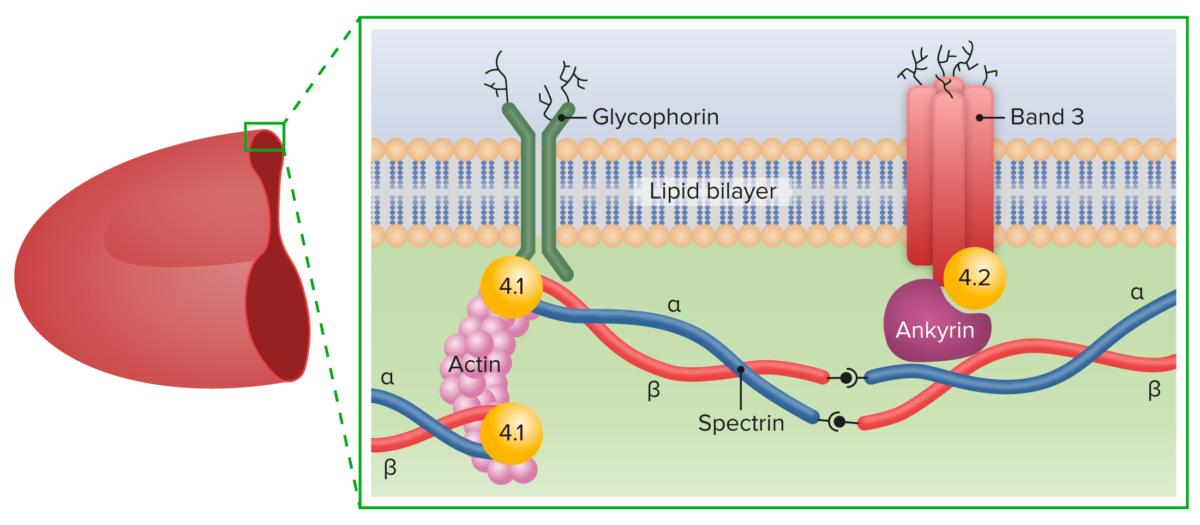
Epidemiology and Etiology Epidemiology Etiology In HS, gene mutations lead to cytoskeletal protein deficiency: Pathophysiology Clinical Presentation General features Categories Four clinical categories have been established based on hemoglobin (Hb), reticulocyte (retic) count, and bilirubin (bili) level. Diagnosis History and physical exam Initial tests Confirmatory tests Management and Complications Management Complications Differential Diagnosis The differential […]
Chalazion

Epidemiology and Etiology Epidemiology Etiology Occurs due to gland blockage, which can be associated with: Pathophysiology and Clinical Presentation Pathophysiology Clinical presentation Diagnosis and Management Diagnosis Diagnosis is clinical based on the history and physical exam. Management Differential Diagnosis References
Retinal Vessel Occlusion

Anatomy Etiology Central retinal artery occlusion/branch retinal artery occlusion Central retinal vein occlusion/branch retinal vein occlusion Exact causes are not known, although there is an association with the following conditions: Clinical Presentation and Diagnosis Clinical presentation Central retinal artery occlusion Central retinal vein occlusion Diagnosis Diagnosis of both conditions is usually clinical but additional investigations […]
Esophageal Cancer

Epidemiology and Etiology Epidemiology Etiology Table: Epidemiology of and risk factors for esophageal cancer Adenocarcinoma Squamous cell carcinoma Sex Male Male Race Caucasians African Americans, Asians Major risk factors Barrett’s esophagus, smoking, obesity Smoking, alcohol consumption, low vegetable and fruit intake, drinking hot liquids, caustic strictures, achalasia Clinical Presentation and Complications Clinical presentation Table: Esophageal […]
Cellular Adaptation
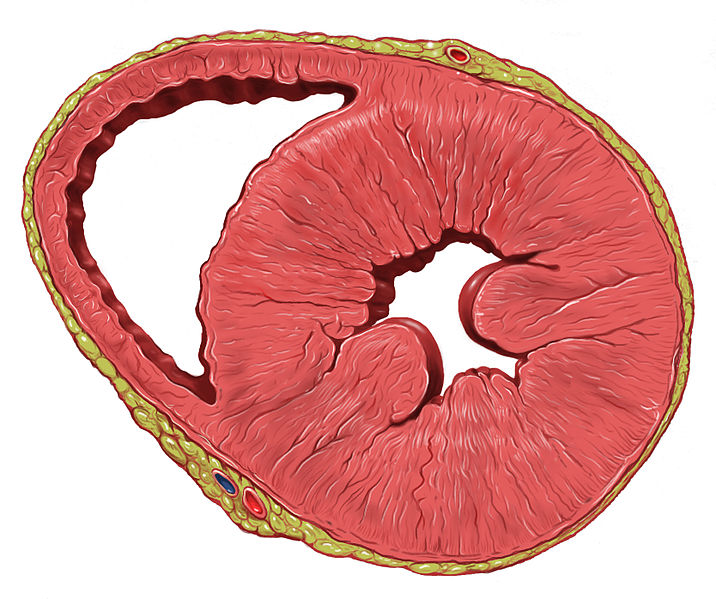
Definition Adaptation: Hypertrophy Overview Physiologic hypertrophy Pathologic hypertrophy Mechanism Hyperplasia Overview Physiologic hyperplasia Pathologic hyperplasia Mechanism Atrophy Overview Physiologic atrophy Pathologic atrophy Mechanism Metaplasia Overview Clinical correlation Mechanism Clinical Relevance References
Arginine Vasopressin Disorders (Diabetes Insipidus)
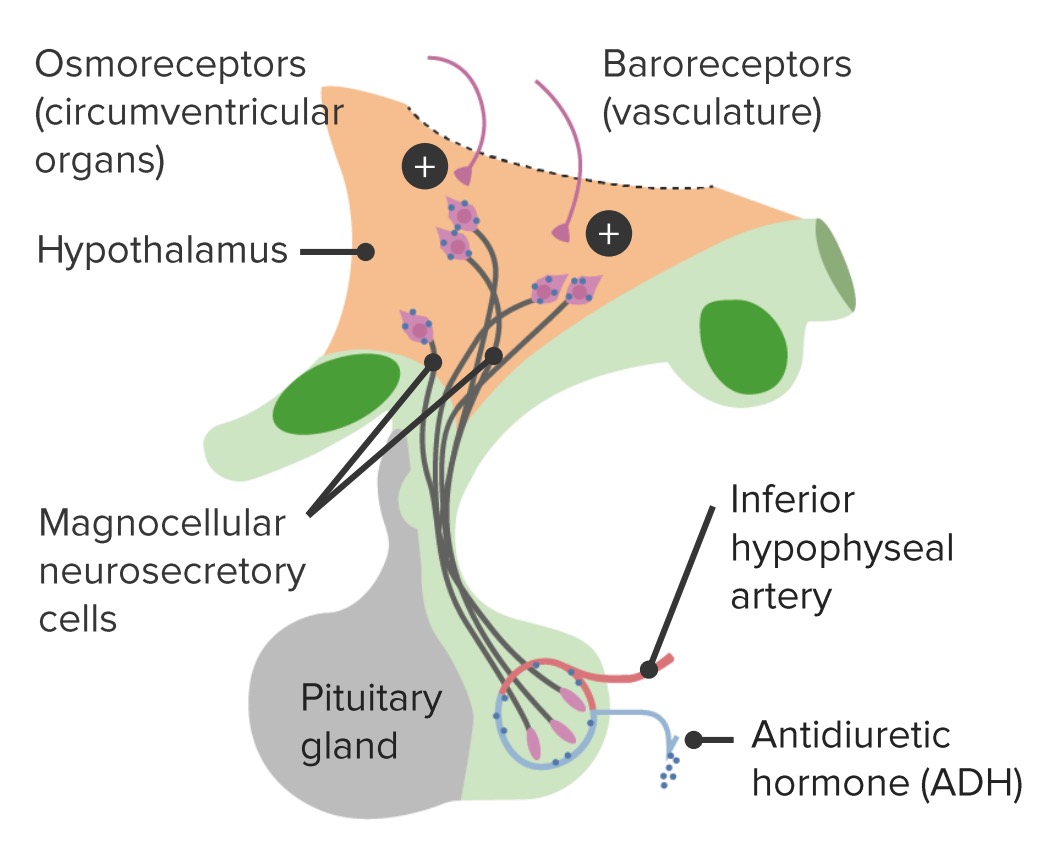
Epidemiology Pathophysiology Role of antidiuretic hormone Antidiuretic hormone is also called arginine vasopressin (AVP). AVP and copeptin (the C-terminal segment of the AVP precursor) are secreted in equimolar amounts, making copeptin a stable and easily measurable surrogate marker for AVP activity. Function: Antidiuretic hormone regulates serum osmolality and blood pressure. Production: AVP-D (formerly central DI) […]
Retinal Detachment

Overview Definition Retinal detachment is the separation of the retina from the underlying retinal pigment epithelium and choroid. Anatomy Retina: Epidemiology Categories and Risk Factors Rhegmatogenous retinal detachment Non-rhegmatogenous retinal detachment Pathophysiology Precursors of retinal detachment Rhegmatogenous retinal detachment Non-rhegmatogenous retinal detachment Sequela of retinal detachment Clinical Presentation Initial symptoms Progression to retinal detachment Table: […]
Vaccination
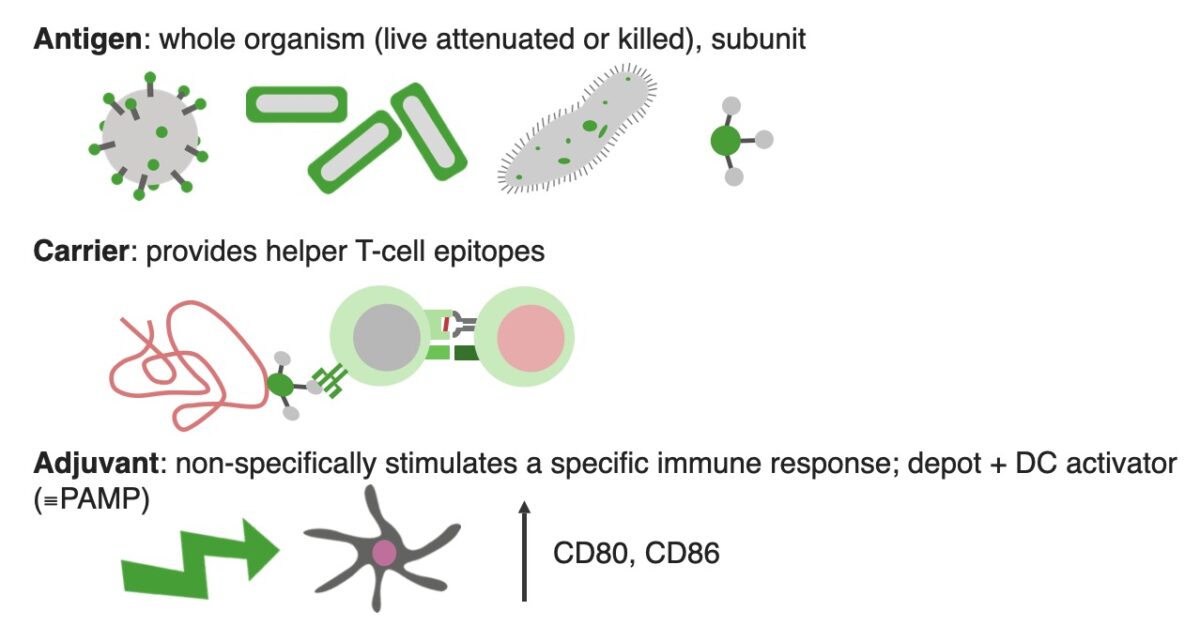
Overview Active and Passive Immunization Active immunization Passive immunization Types of Active Vaccines Table: Types of active vaccines Vaccine type Description Pros Cons Examples Live attenuated Microorganism loses its pathogenicity but retains capacity for transient growth within inoculated hosts. Induces cellular and humoral responses Induces strong, often lifelong immunity May revert to virulent form Often […]
Anal Fistula
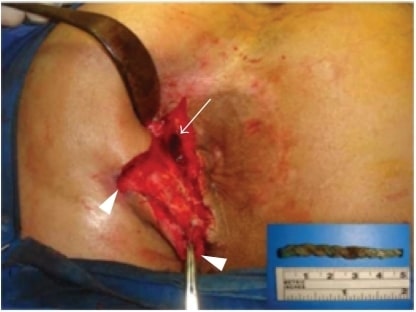
Definition and Epidemiology Definition Epidemiology Etiology and Pathophysiology Etiology Pathophysiology Clinical Presentation History Physical exam Diagnosis and Management Diagnosis Types of fistula Management Mnemonic Why fistulas stay open: “FRIENDS” Differential Diagnosis References
Anal Fissure

Definition and Epidemiology Definition Epidemiology Etiology and Pathophysiology Etiology Pathophysiology Clinical Presentation Diagnosis and Management Diagnosis Management Mnemonic The “Ds” of anal fissures: Differential Diagnosis References